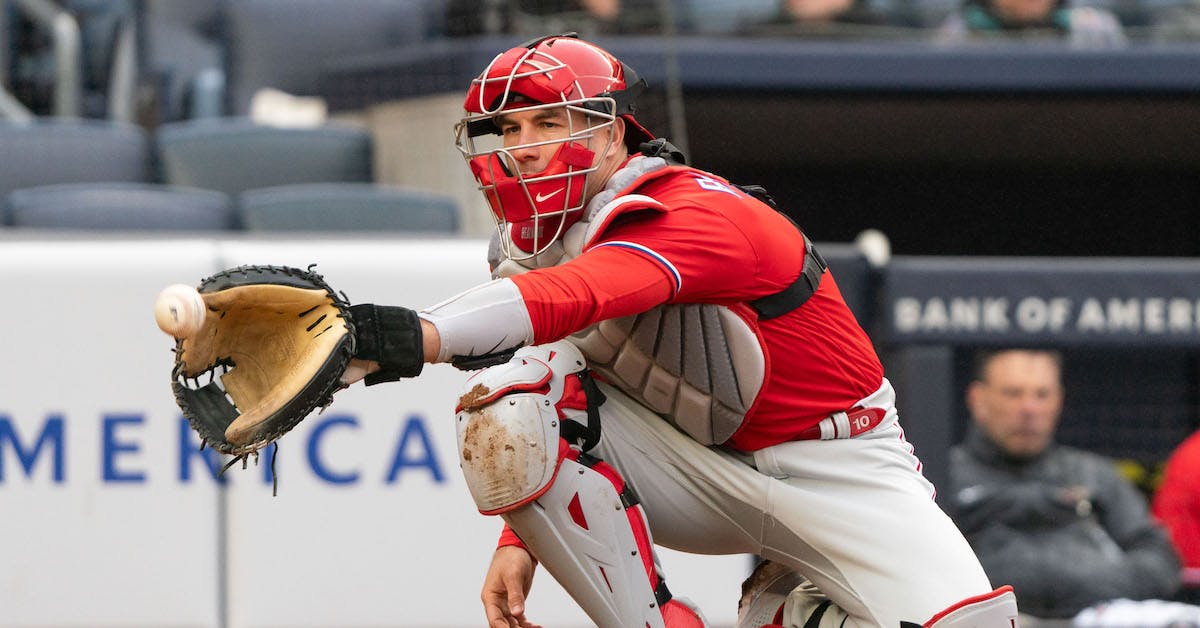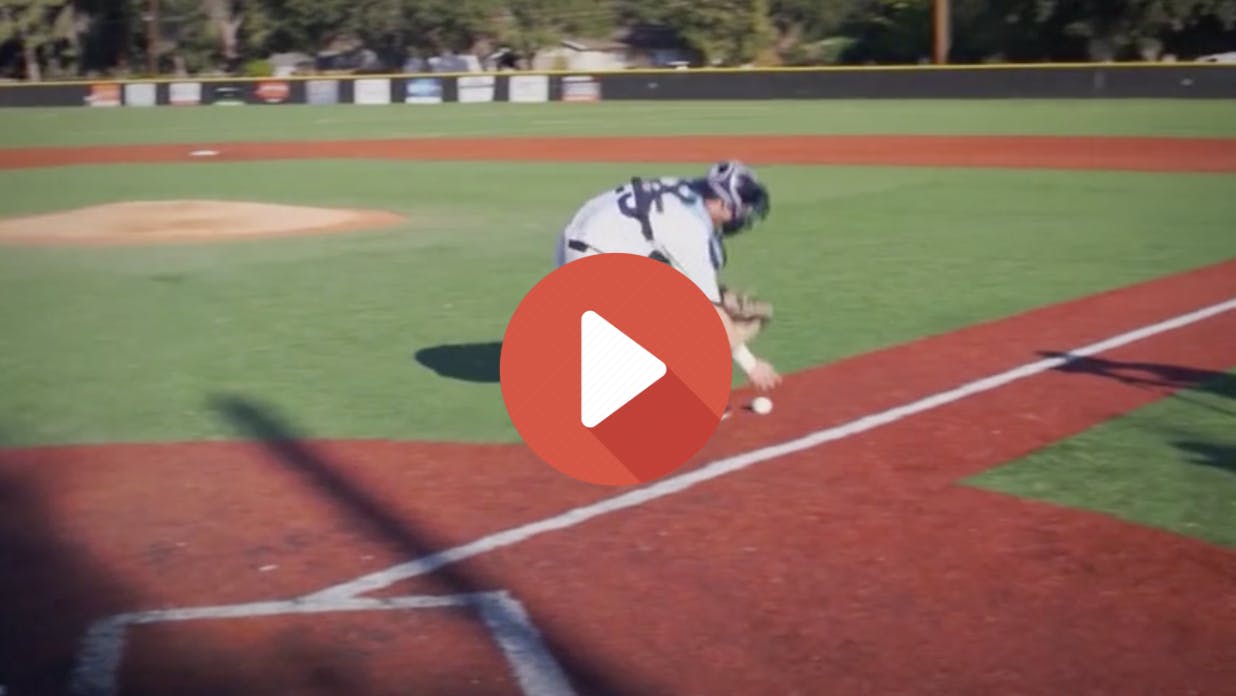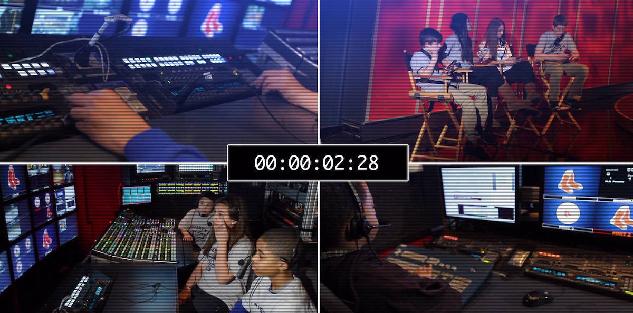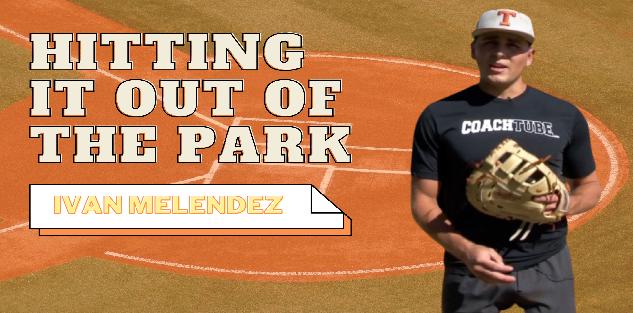Featured courses
- Understanding The Shift by Brandon Ogle
- Two Drills to Improve Outfield Movement and Communication by Grant Young
- The Ultimate Resource For Coaching Youth Baseball by Jackson Chlebowy
- Become a Master at Bunting by Brandon Ogle
- 5 Reasons Why There Is More To Good Base Running Than Just Speed by Brandon Ogle
- Three Injury-Prevention Tips For Your Offseason Pitching Program by Grant Young
- How to Teach Hitting to the Next Generation by Grant Young
- Developing Defensive-Minded Baseball Catchers by Grant Young
- 3 Baserunning Tips to Score More Runs in Baseball by Grant Young
- 5 Outfield Drills to Work on in Season by Alec Burris
- Keys For Scoring More With Runners on First and Third Base by Grant Young
- How to Develop Your Game to Become a Five-Tool Player by Brandon Ogle
- 3 Coaches Share the Keys to Running Baseball Practice the Right Way by Grant Young
- Four Drills to Sharpen a Baseball Hitter’s Vision at the Plate by Grant Young
- Four Quotes to Hit Better With Two-Strikes by Grant Young
- Four of Former MLB Pitcher Juan Nieves’ Movement-Based Pitching Drills by Grant Young
- Two Tips For Developing an Elite Baseball Bullpen by Grant Young
- Overcoming the Four Challenges of Indoor Baseball Practices Because of Weather by Grant Young
- Three Tips to Make Your Baseball Team Mentally Tougher by Grant Young
- Three Priceless Philosophies to Motivate Your Baseball Team by Grant Young
- Three Offseason Baseball Drills to Simulate Competition by Grant Young
- Three Baseball Offseason Strength and Conditioning Essentials by Grant Young
- Important Ways to Improve Your Baseball Team’s Baserunning by Grant Young
- Three Ways to Perfect Hitting Mechanics From an MLB Icon by Grant Young
- Catchers can influence pitchers...for bad or good by Drew Johnson
- Throwing Strikes and Playing Good Defense Equals Wins by Jose Ortiz
- Legendary Indiana Head Baseball Coach Bob Morgan’s Offensive Theory by Grant Young
- Tennessee Head Baseball Coach Tony Vitello on How to Practice Baserunning by Grant Young
- Three Great T-Ball Drills For Youth Baseball Players by Grant Young
- How to Manage a Baseball Pitching Staff by Grant Young
- Three Uncommon Tips to Become a Better Hitter by Grant Young
- How a Baseball Coach Can Develop Strike Throwers by Grant Young
- Drills to Develop Elite Baseball Outfielders by Grant Young
- Baseball Training Exercises to Strengthen Arm and Bat Speed by Grant Young
- How to Use Bunting to Score More Runs by Grant Young
- How To Build An Elite Baseball Infielder by Grant Young
- Three Drills to Improve Your Baseball Team's Infield Play by Grant Young
- Three Keys to Curating a Pitching Staff’s Success by Grant Young
- 3 Techniques to Develop a Baseball Player’s Hitting Approach by Grant Young
- How to Cultivate Confidence Within Your Pitchers by Grant Young
- 5 Every Day Drills To Help You Become A Better Catcher by tyler Linderman
- How to Throw A Curveball by Brandon Ogle
- How to Assemble a Lock-Down Bullpen by Brandon Ogle
- How to Throw a Sinker by Brandon Ogle
- How to be a Smart Baserunner by Brandon Ogle
- Improving a player's slugging average by Phillip Woolgar
- The 8 Fundamentals of Pitching by Drew Johnson
- How to Throw a Deceiving Changeup by Brandon Ogle
- Step Up Your Outfield Defense With These Three Drills by Jose Ortiz
- 8 Baseball Drills Every Player Should Practice by Drew Johnson
- How To Become An Elite Defensive Outfielder by Tyler Linderman
- 5 Tips For Crushing A Curveball by Johnny Grassi
- LEGENDS FOR YOUTH INCLUSION BASEBALL CLINIC by Phil
- Fourteen Ways To Turn A .300 Hitter Into A .210 Hitter by Jay P. Granat, Ph.D.
- How To Become The Ideal Leadoff Man by Brandon Ogle

Developing Defensive-Minded Baseball Catchers
- By Grant Young
The role of the catcher in baseball cannot be overstated. It's not just another position on the field—it's the heartbeat of the game.
From calling the perfect pitch to thwarting the opposing team's base runners, catchers are the ultimate game managers. Their ability to form a tight bond with pitchers while reading and reacting to game situations gives them a level of influence that extends far beyond their defensive duties.
A good baseball catcher possesses a unique set of skills and qualities that set them apart on the field. These players have exceptional defensive abilities, including framing pitches effectively, blocking wild pitches, and throwing out base runners with precision. They need to be leaders who can effectively communicate with the pitching staff and read the game situations to make strategic decisions.
Additionally, mental toughness and resilience are crucial for a catcher, as they are constantly in the thick of the action and face physical demands throughout a game.
In essence, catchers are the unsung heroes who hold the key to a team's success on the field. This is why the ability to develop good, defensive-minded catchers is of paramount importance. Luckily, Danny Scheaffer has a few excellent training drills for catchers that all coaches can glean from.
Coach Scheaffer began his career with the Boston Red Sox after being selected in the first round of the 1981 Major League Baseball Draft. During his 18-year playing career, he spent 8 seasons in the Major Leagues with the Red Sox, Indians, Rockies, and Cardinals. Since then, he spent 19 years as a manager or a catching coordinator in the Cardinals, Astros, and Rays organizations before deciding to retire from coaching in a professional capacity. Danny has managed every level of Minor League Baseball and created a developmental catching program for the St. Louis Cardinals and then the Houston Astros. During his years in player development, he has won awards in each of the organizations he has been a part of.
Coach Scheaffer’s ‘Firm Foundation Catching’ course conveys the most crucial fundamental components a catcher must know if they’re to effectively lead their team’s defense. Regardless of what level you or the catcher in your life is currently at, this course will include many great lessons.
Plays at the Plate
When it comes to plays at the plate for a catcher, Coach Scheaffer asserts that priority number one must always be catching the baseball. Even if the throw beats the runner by 50 feet, you’ll never get an out if you can’t catch the baseball.
Coach Scheaffer also prefers that a catcher keeps their mask on throughout the entire play (even when applying the tag) because it’s safer and will keep the catcher out of serious danger.
Catchers will also want to stay as low as possible when receiving the ball and making a tag. Because most throws will arrive at the catcher on a hop, they essentially become an infielder when making the play. This is why they will want to start with their glove basically on the ground because it’s a lot easier to work from the bottom up than it is going up to down.
In addition, catchers should keep the outside of their left root on the right side of home plate, and always give the runner a proper sliding lane. And when applying the tag, the catcher should have their knee directly facing the runner, going parallel with the third base line. In other words, don’t put the inside of your knee in a position to come into contact with the runner because that can result in serious injury.
Bunts

Knowing how to field a bunt is an absolute must for any catcher. Coach Scheaffer says that the priority is always to get an out, no matter what.
The path a catcher takes to a bunted ball depends on two things: the ball’s location and the runner’s speed. For a bunt down the first base line, if a catcher has time and the runner isn’t very fast, the catcher should take a step toward the pitcher’s mound to create a throwing lane to first base.
If the runner is fast and it will already be a close play, the catcher must field the ball with their bare hand and throw it to the inside part of first base.
For a bunted ball down the third base line, the catcher should circle around the left side of the ball with a slow runner, set their feet, and make an accurate throw. With a fast runner, the catcher will want to circle around the ball to the right side, pivot, and throw to first base.
Wild Pitch-Passed Ball
Wild pitches and passed balls are inevitable for any catcher to deal with. The first goal when a catcher is trying to field a wild pitch or passed down with a runner on third is to get to the ball as soon as possible.
From there, the catcher will want to break down their footwork so they can be under control. At that point, there are two ways of retrieving the ball. A catcher can slide to it or get the ball while remaining upright.
While this is up to the catcher’s preference, the only requisite is that the catcher must be able to deliver a firm, accurate throw to the pitcher covering home plate with whichever retrieving option they choose.
The catcher also does not want to throw the ball into the runner’s line, which might put the pitcher at risk of injury. Catchers would rather have the run safe at home plate than put their pitcher in a position that makes them susceptible to injury.



